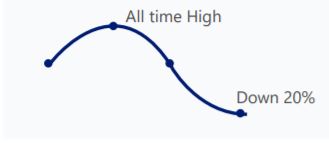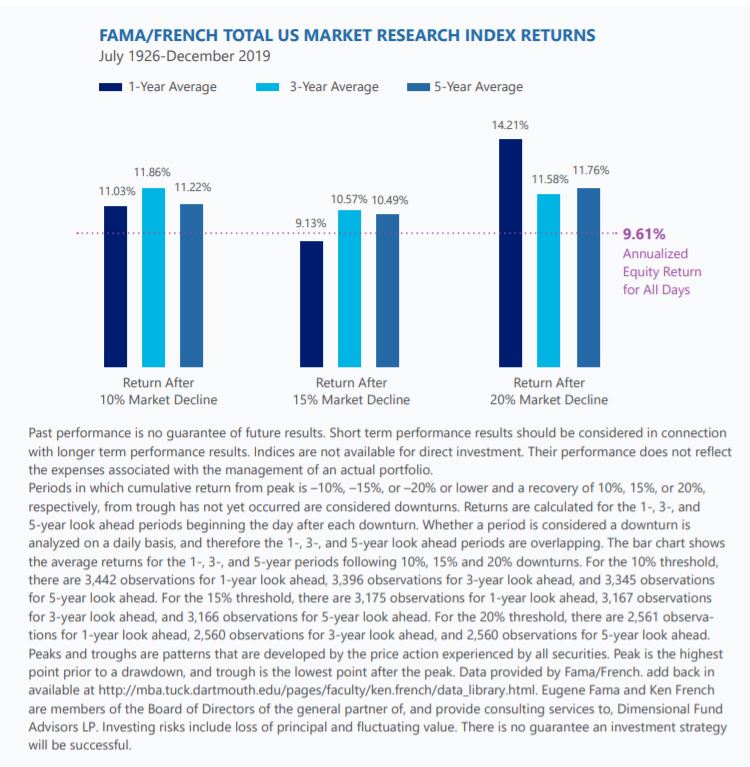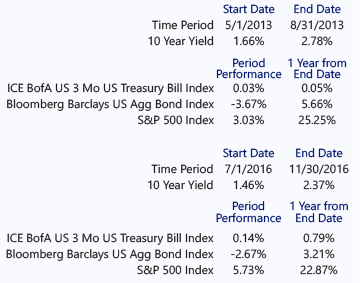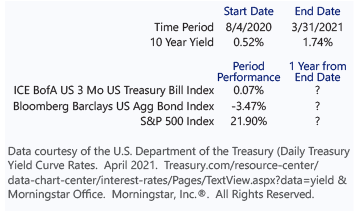To many, the beginning of fall is marked by the change in foliage, the return of football season, and the arrival of cooler weather. But to a select few, the beginning of the annual Medicare enrollment process is lurking among the pumpkins. This fall we’re inviting you to enjoy more treats (reminders and considerations) and less tricks (stress and uncertainty) with respect to Medicare plans, costs, and the open enrollment process more generally.
Mark Your Calendar: Open Enrollment Period
October 15th – December 7th (Annual open enrollment for Medicare’s medical and prescription drug plans)
Leading up to this period, you may receive important notices from Medicare or Social Security alerting you of any changes to your current health plan, as well as information on how to find plans in your area. During the open enrollment time period, you can make the following election changes:
- Move from a Traditional Medicare plan to a Medicare Advantage plan
- Move from a Medicare Advantage plan back to a Traditional Medicare plan (and possibly a Medigap plan)
- Change from one Medicare Advantage plan to another Medicare Advantage plan
- Change Medicare prescription drug plans
If you decide to make a change during this open enrollment period, your new plan enrollment will be effective on the following January 1st.
What about Medigap?
It’s worth noting that you may not be able to change Medigap plans during the October 15 – December 7 open enrollment period since the only guaranteed-issue rights with respect to enrollment in a Medigap plan apply during an individual’s initial Medicare enrollment period. If you have one Medigap plan and want to move to another one, you may have to wait for a special enrollment period to apply.
January 1st – March 31st (Additional special enrollment period just for Medicare Advantage plans)
During this time, individuals enrolled in a Medicare Advantage plan may change to another Medicare Advantage plan or move back to Traditional Medicare.
Which Plan Do I Pick?
Whether it’s your initial enrollment in Medicare or your annual open enrollment, it’s a good practice to review the health plans that are available to you and decide which option best fits your needs for the coming year. The good news is learning the basics of available Medicare options is something you can even do prior to open enrollment.
Individuals enrolling in Medicare benefits essentially have two main coverage options, with a number of considerations regarding which of these options may work best for you, including:
- Costs
- Current medical conditions
- The providers you regularly see
- Where you expect to travel or live during the coming year
The two Medicare main coverage options are:
- Traditional Medicare (Typically more broadly accepted by providers)
- Comprised of Medicare Parts A and B
- Possibly paired with:
- Medicare Part D plan (prescription drug coverage) and
- A “Medigap” or “Medicare Supplement” plan which is designed to help cover some of the traditional out-of-pocket costs that apply under Medicare, including the Part A deductible and Part B coinsurance.
- A Medicare Advantage Plan (Structured more like a PPO or HMO that you may have had through an employer plan while actively working)
- Also known as a Medicare Part C plan
- May or may not be paired with prescription drug coverage
- Could have a lower premium cost vs. Traditional Medicare & Medigap options
- May cover additional benefits like hearing or vision, but may also:
- Restrict your choice of providers (through a network that may be subject to local providers)
- Feature cost containment measures (like prior authorizations or referral requirements)
One you decide which arrangement works best for you, you still have the choice of deciding which specific Medicare Advantage, Medigap, and/or prescription drug plan you want. Typically, your choice will be between plans with lower monthly premiums that feature higher out-of -pocket costs when services are provided and plans with higher monthly premiums and lower out-of-pocket costs for services. When you choose your plan for the coming year, it’s recommended you consider the total premium, the potential medical and prescription drug services you may incur in the coming year, and whether your current medical providers participate in your desired plan’s network (if applicable).
Additional Resources
Whether Part A, B and C sound more like complicated furniture assembly directions or you feel comfortable with your options, Medicare resources are available at both the federal and state level to help you evaluate your options and navigate the enrollment process.
The Centers for Medicare & Medicaid Services (CMS) (https://www.cms.gov/) have a number of online resources for individuals, in addition to creating an annual “Medicare & You” handbook that is sent to Medicare households each year in late September. This handbook provides the high-level basics on Medicare options, enrollment periods, and information on how an individual becomes enrolled in Medicare. The guide also has detailed and up-to-date information on all the services that are covered by Medicare. (For instance, acupuncture became an allowed service in early 2020!)
In Pennsylvania, the Department of Aging features a robust Medicare website with access to free counselors who are available to help answer questions and provide objective information to health plans available to you. These counselors can be a valuable complimentary resource to help you:
- Understand the current Medicare plan you have in place
- Learn how your current plan compares different options available to you
- If you need assistance in processing a Medicare appeal.
If you are not a Pennsylvania resident, check your home state’s online resources to see what tools may be available to you.
As open enrollment season approaches, remember that a more informed choice on your Medicare coverage can help you manage healthcare costs and potentially bring a little more peace of mind with respect to your health as you begin a new year.







